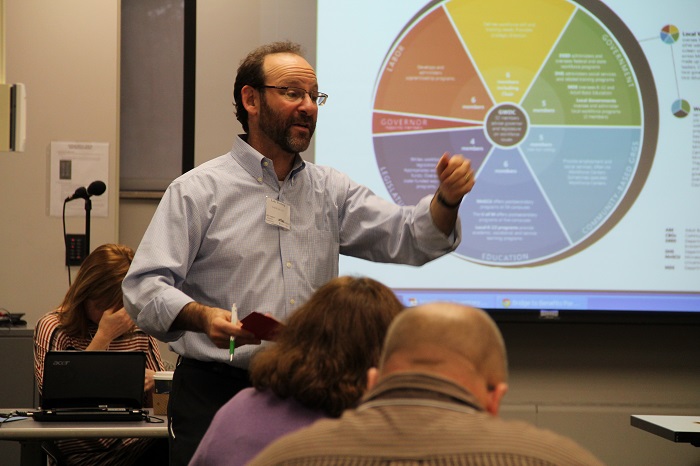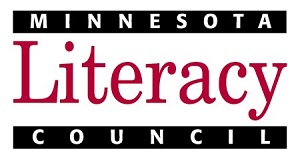- MN ABE Connect
- Archive
- Five Tips for Designing Better Workshop Presentations
 July 24, 2017
July 24, 2017
Five Tips for Designing Better Workshop Presentations
Rob Podlasek, Training DirectorOK, you have submitted a workshop proposal (thanks!) and it has been accepted (congratulations!). Time to start planning. Here are five tips, based on years of experience and piles of evaluation comments, for designing a great session.
1. Less is More: Plan (and Promise) Accordingly
If your session has the same title as a PhD program, you have planned too much! “Teaching ESL.” Way too big! “Teaching Pronunciation.” Still too big. “Teaching Suprasegmentals.” Getting closer. “Five Activities for Teaching Suprasegmentals.” Bingo. That is a topic you can reasonably tackle in a limited amount of time. And participants will walk away feeling you have delivered what was promised.
2. Be a Good Tour Guide
A hallmark of explicit instruction in the classroom is telling students what they are going to learn and why they are learning it. The same principal holds when delivering workshops. Provide an agenda. Tell people why they are doing an activity. Let them know that in five minutes there will be a break. The more your participants are comfortable knowing where they are going (and assured that YOU know where YOU are going), the more they can relax and learn.
3. Provide Hands-On Activities
People love to do things. People love to talk. Teachers REALLY love to talk. The vast majority of positive workshop evaluation comments focus not on a presenter’s brilliant speaking style, but on the opportunity to participate, do activities and discuss things. So make sure to build in plenty of discussion, role plays and hands-on practice.
4. Help them Make the Leap
There is a big difference between telling people what YOU have done and helping them understand how THEY can do it. Workshop participants often struggle to apply a best practice to their own situations (“But that won’t work in MY classroom…MY students are different…”). Build in opportunities to help participants apply what they have learned. Working through case studies and giving participants a chance to do some planning are two great ways to ensure application.
5. Cut, Don’t Rush
OK, you’ve followed Tip #1, but halfway through your presentation you realize you still have way too much content. It happens. If you just talk fast enough you’ll be able to get through everything, right? No! Take a deep breath and cut something. Cut content, cut lecture, but DON’T cut the activities. And don’t cut your brilliant ending where you tie everything together and leave them feeling energized!
Originally published 4/10/17

Newsletter Signup
Get MN ABE Connect—the official source for ABE events, activities, and resources!
Sign UpArticle Categories
- ABE Foundations/Staff Onboarding
- ACES/Transitions
- Adult Career Pathways
- Assessment
- CCR Standards
- Citizenship
- COVID-19
- Cultural Competency
- Digital Literacy/Northstar
- Disabilities
- Distance Learning/Education
- ELA
- Equity/Inclusion
- ESL
- HSE/Adult Diploma
- Listening
- Math/Numeracy
- Mental Health
- Minnesota ABE
- One-Room Schoolhouse/Multilevel
- Professional Development
- Program Management
- Reading
- Remote Instruction
- Science
- Social Studies
- Speaking/Conversation
- Support Services
- Teaching Strategies
- Technology
- Uncategorized
- Volunteers/Tutors
- Writing